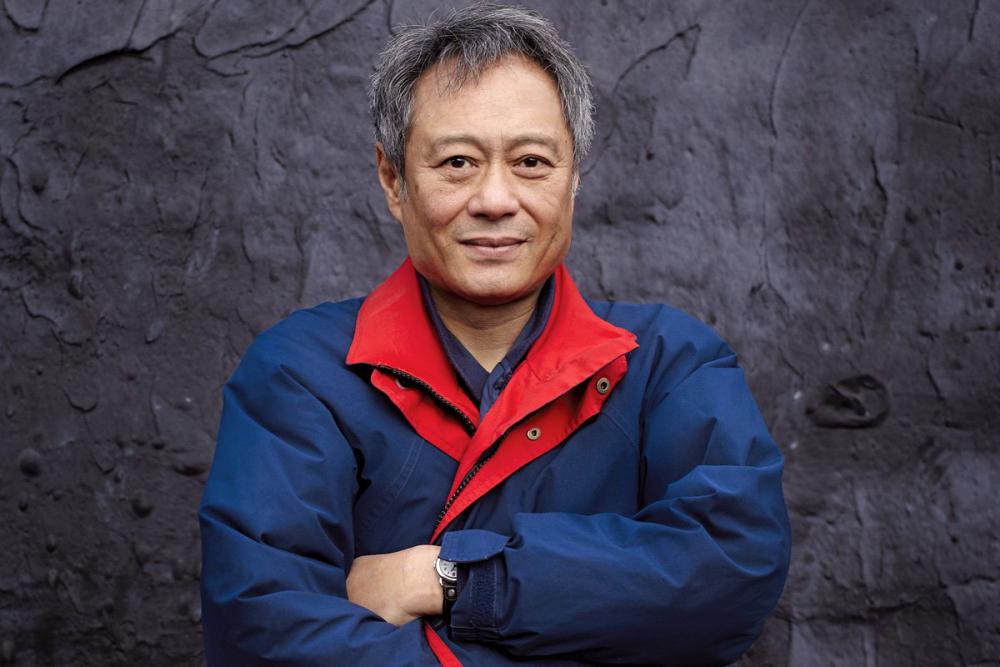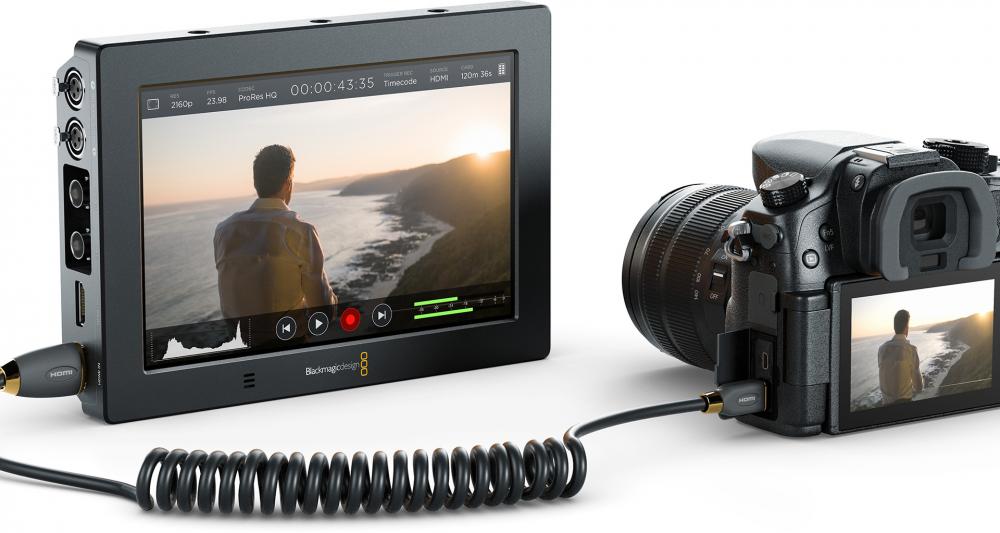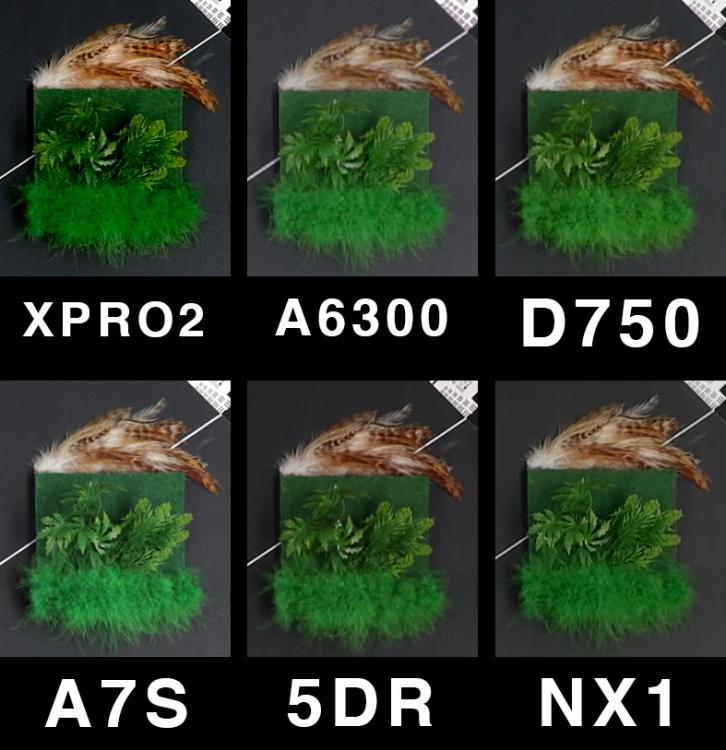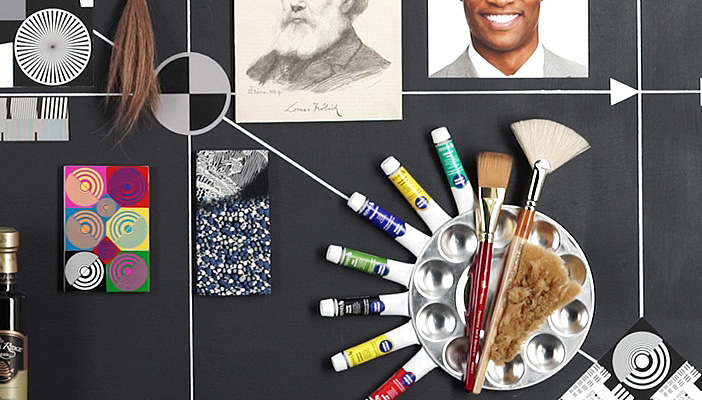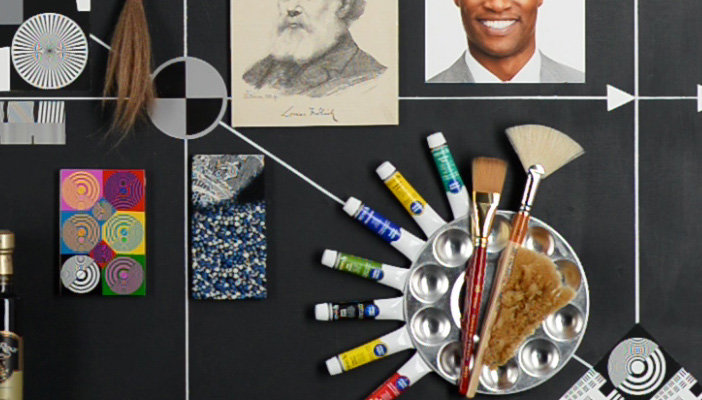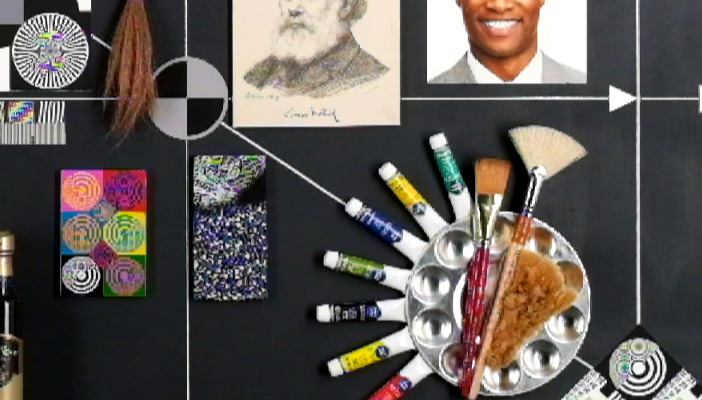-
Posts
14,798 -
Joined
-
Last visited
Content Type
Profiles
Forums
Articles
Everything posted by Andrew Reid
-
Apply my NX1 LOG LUT first as the input LUT then the DELUT as output LUT. http://www.eoshd.com/samsung-nx1-video-settings-guide-tutorial/
-
Plenty of good gear at the show but Ed's right. It's definitely the most boring NAB in recent memory. Several major products cancelled and not a single interesting major new camera from the big manufacturers. Kinefinity Terra looks good but we needed new stuff from Canon, Panasonic, Sony, Blackmagic, even a surprise announcement from someone like Nikon, JVC or RED and didn't get it!! I think the industry in general has reverted back to a boring pre-DSLR revolution focus on broadcast and high end production kit. Just look at Blackmagic!
-
I'd love to get back into this soon. I've started a thread for people to post regular summaries of the latest progress regarding the hack, since it can be time consuming to read so many posts in the dedicated forum for it, to get a general impression of where things are at. So guys, hit me with the latest news....
-
Beg to differ!! Raw cameras are the minority at the moment.
-

Sony FS5 firmware update version 2.0 - FS RAW costs $600 / 500 euros
Andrew Reid replied to Andrew Reid's topic in Cameras
You won't need the expensive Sony recorder for raw, image above shows a direct branch from the camera's port to the Odyssey, OR a direct connection to the Sony AXS. You can use either. -
With all due respect to YouTube bloggers, a field I do enjoy sometimes actually, it's not my circus, not my monkeys, I don't care if they buy a million 80Ds, it doesn't make it a successful product for those with a more cinematic, higher image quality benchmark in mind.
-
Nothing new of note for us, aside from the FS5 firmware update. Going to be a very boring pro-broadcast industry orientated show this year I think, with the prosumer and consumer market shrinking back.
-
Why does Apple do such a bad job of their media player, not just on Windows but on both platforms. Still terrible on a Mac with many unsupported file types, dreadful AVCHD support (throwing error messages when there's no MTS files present to play is something you'd expect from a very early alpha version or school programming project). Apple is nuts.
-
You can wait until October / November for a 5 axis IBIS GH5 with VLOG and 6K, plus upgraded EVF and body or you can get the bargain GX80 with the older sensor now, either way it's a winner
-
FFS It's pathetic. They could have at least tweaked the control scheme. And they waited till NAB to reveal 'this'. Camera's been out a year! Having said that any firmware update or added functionality is very rare from Canon. Maybe they are going to get better at firmware updates and follow Sony's lead from now on. Hopefully it won't lead to more bugs in the version 1.0 cameras as a result.
-

Zacuto shrink the EVF - Gratical Eye available soon for $1950
Andrew Reid replied to Andrew Reid's topic in Cameras
That is 2700dpi on a panel that size dude. Why would you need more? -
An eye for an eye. Shipping from April 25th, the Gratical Eye is something I've been waiting a long time for, to pair with cameras like the Panasonic GH4, Canon 1D C and Sony A7S II - a super compact EVF which rivals the beautiful new Leica SL EVF for image quality. It features a very large 0.61" panel (similar to the Leica SL's 0.66" EVF) and packs 5 megapixel resolution versus the 4.4MP of the Leica SL's. Read the blog post
-
It's just a rumour. Let's see.
-

Samsung hack forum for discussion of all cameras not just NX1
Andrew Reid replied to Andrew Reid's topic in Cameras
Sure will be doing! -
Is the top one 80Mbit and second one 160? In the top one the sky is still macro blocking quite a lot.
-
Hope so. It's listed as "GX80" in the UK though, where the euro tax law also applies. So I assume it is more a PAL / NTSC region distinction. GX85 seems to be a German thing. They are weird. It is also G70 and TZ101 instead of TZ100. Very confusing for the customer I think.
-
Summary of the differences: GX80 Dual IS and Sony A7R II with OIS lens 3 axis on the sensor (X,Y, roll) and 2 axis (yaw / pitch) on the OIS lens GX80 BIS and Olympus E-M5 II 5 axis on the sensor, with any lens including the vintage stuff (however warping from yaw and pitch movement may appear in videos) Canon OIS lens 2 axis on the lens - yaw and pitch. Does not correct for roll. Cannot lock down the shot on X and Y axis but does reduce camera shake caused by yaw and pitch jitter.
-
5 axis... X Y Roll (rotation - this can be done mechanically for stills, or digitally with crop in video mode) Pitch (tilt up / down correction) Yaw (tilt left / right correction) I can see roll, pitch and yaw being done digitally with a crop in video mode or via OIS. It depends if the mechanical sensor movement covers all 5 axis, or just X, Y and Roll, using the lens for pitch and yaw (like Sony's system) Does the Olympus system correct by tilting the sensor pitch and yaw? I think it probably does. If so then Panasonic might be doing the same thing - all 5 axis on the sensor. Then it would work with manual lenses with no electronic contacts, just like the Olympus system. Or it may be that in video mode the electro-magnetic IBIS compensates for 3 axis (X, Y and roll) but uses electronic image shift with small crop to achieve pitch and yaw correction in 4K video mode. Maybe roll would be electronically compensated too. OIS usually compensates for yaw and pitch. EDIT: it looks like they do indeed have 5 axis IBIS so the sensor can move on the X and Y axis, plus rotate, plus tilt horizontally and vertically. So same as Olympus. What they do with the OIS is probably improve the yaw and pitch control by switching the IBIS to 3 axis and doing the other 2 on the lens. This might reduce image warping especially with wide angle lenses. This was an issue with the Olympus system in video mode
-
Yep, looks like it has that Olympus magic to me Finally they give us what we want... and cheap! Big dilemma now... is it worth waiting for the GH5 for newer sensor, possibly dual pixel AF, LOG and slow-mo? Either way, looks like Panasonic is back in the game. IBIS to this standard is a BIG advantage over Sony.
-
I don't agree with the people saying Fuji's colour is anything less than stunning. In video mode the XPro 2 can compete with all of the below cameras for resolution and detail in 1080p, whilst giving far more pleasing colour and variation in tone out of the box. All shot on standard profiles. The others look like they have a veil over them. If it looks too dark or crushed then it's your monitor that needs adjusting not the Fujifilm film simulation. Also for stills I'd rather use the XPro 2 than any of the above. It's far more Leica-like and enjoyable during a shoot.
-
I wonder what he would use instead at $5k for 4K internal, 4K raw output, 240fps, 13 stop dynamic range LOG recording, Super 35mm sensor and the added bonus of 10bit 4:2:2 internal recording?! Not to mention a built in electronically variable ND filter. A Canon?!
-
In my experience, the X Pro2's 1080p is indeed better than the A6300's 1080p. It's very detailed for full HD, the sharpest since the GH2, but not exactly perfect in terms of moire. The X-T1 was the worst performing 1080p camera on the market in 60p. In 30p it gets a little better. The A7S still has the best overall 1080p quality of the Sony cameras. A7R II and A7S II are more about 4K. The 80D is similar to the Nikon D610 but not full frame, it pixel bins heavily, is soft and has moire. See below: A7S: D610: X-T1: In the above X-T1 1080/60p shot you can really see how much it kills the circles, it's horrendous. Meanwhile the 5DR = D750, maybe even slightly sharper, so a rather solid performance there and better detail than the 5D Mark III stock video. However, 5D Mark III pulls ahead when you factor in Magic Lantern and raw video. The XC10 is a little better in 1080p still (a bit cleaner, a bit more detail) even though the lens is slightly on the soft side as a 10x zoom. By the way, the way DPR have used the stills test scene for video doesn't exactly stretch the camera. There's not enough movement or detail on this locked down shot to push the codec. Also as the lens is quite close to the scene and it is a small scene, you won't notice the lack of detail on the less well performing cameras as much as you would in a real life test. Buildings and landscapes at infinity focus would be a better test. Human subject for skintones would be a better test for colour. A very detailed fast moving shot, with some motion blur present would be a better test of the codec as would a blue sky and a high ISO shot to see about the macro-blocking and noise handling.


